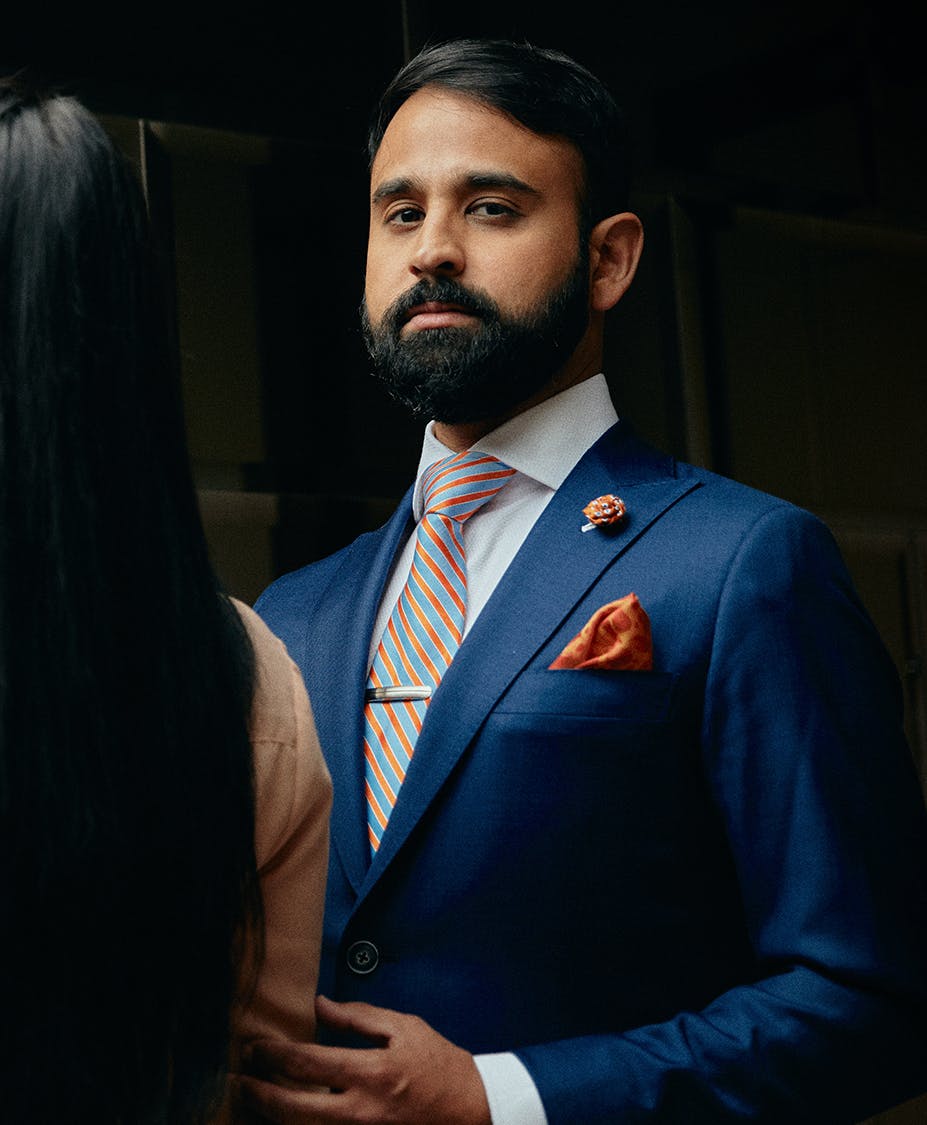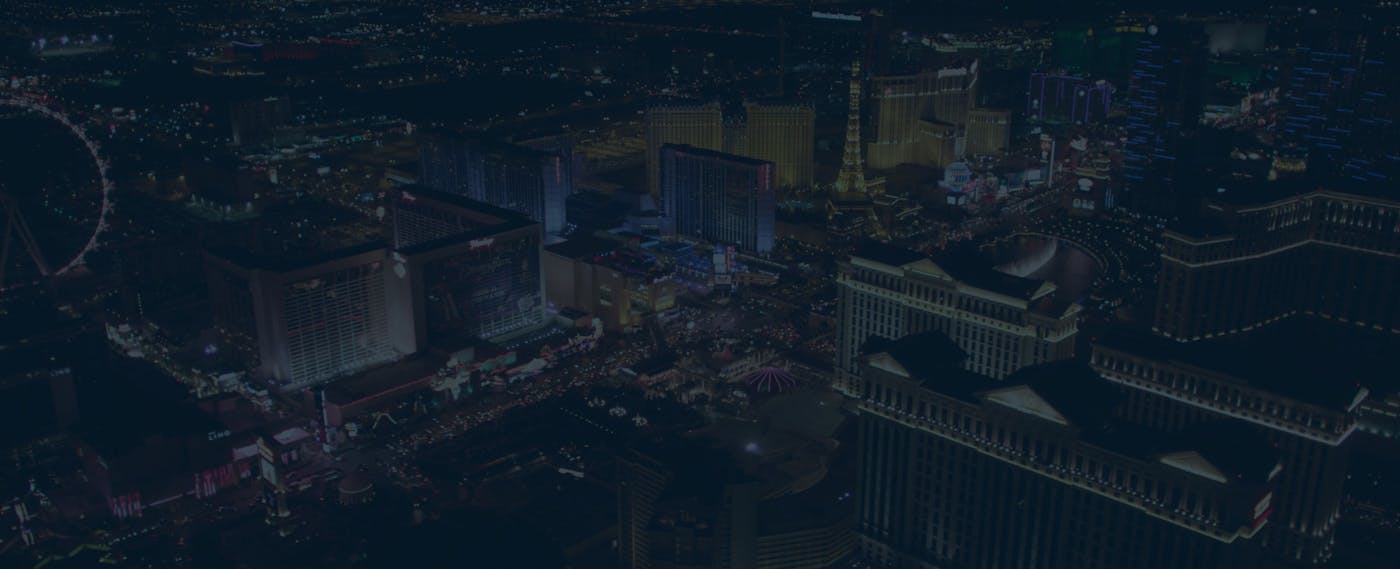What is ethnic rhinoplasty?
Rhinoplasty is the medical term for cosmetic nose surgery, and ethnic rhinoplasty refers to the procedure as it is performed for non-Caucasian clients typically of African, Middle Eastern, Asian, or Hispanic descent. The surgery aims to carefully preserve idiosyncrasies that are culturally defining while also removing imperfections that make the client feel self-conscious about their appearance.
Ethnic rhinoplasty can address the following:
- A wide nasal bridge or tip
- Flared nostrils
- A nose that is too flat or lacks definition
- A tip that plunges when the patient smiles
- A bulbous or elongated nasal tip
- A nose that sits too close to the mouth
- Asymmetry or nasal crookedness
- Breathing problems
What are the benefits of ethnic rhinoplasty?
- The procedure is highly customized
- Keeps cultural and ethnic identity intact
- Reduces flaws in the bridge, tip, and nostrils
- Improves nasal symmetry and balance
- Refines and balances the profile
- Corrects issues related to a deviated septum
- Elevates self-confidence and self-image
Before your surgery
- Use an anti-microbial soap before bed
- Avoid any lotions, creams, or serums on the face
- Don’t use any fragrances
- Don’t eat or drink after midnight the night before your surgery
- Quit smoking several weeks before rhinoplasty
- Avoid alcohol for at least 24 hours before your procedure
- Follow Dr. Engineer’s medication guidelines
- Wear clean clothes and no jewelry the day of your procedure
During surgery
Dr. Engineer performs ethnic rhinoplasty under general anesthesia, so you will be completely comfortable and at ease. He will choose either an open or closed technique according to your individual situation. With closed rhinoplasty, incisions are made within the nose where they are unseen. With open rhinoplasty, a tiny incision is made at the base of the nose across the columella. The scar is usually too small to be noticeable. The open technique provides more flexibility and access when approaching the inner nasal structures and is thus typically reserved for cases in which more extensive changes are required.

Common types of ethnic rhinoplasty
Asian Rhinoplasty
With Asian rhinoplasty, Dr. Engineer is careful to respect the differences between Korean, Japanese, Chinese, Filipino, and Vietnamese heritage, as well as among other Asian origins, understanding the nuances that define each group. Here, the nostrils may need to be narrowed, while the bridge may need fortification. Dr. Engineer will discuss your options in depth, explaining the technical considerations and anatomical challenges for each surgery.
African American Rhinoplasty
Dr. Engineer will carefully scrutinize the nose to assess its genetic origins and influences in order to craft a treatment plan that will result in natural-looking improvements that suit the patient’s other features and overall appearance. He may perform techniques to address a wide bridge or flared nostrils while potentially incorporating dermal fillers to provide the final touches.
Middle Eastern Rhinoplasty
Many Middle Eastern patients complain of a prominent nasal hump and a drooping tip. Others may be unhappy with an upturned nose or a pinched bridge. Dr. Engineer will have to take into account the best length, size, and projection for the new nose so that it appears blended with the face as a whole. Due to a wide variety of backgrounds, Middle Eastern nose surgery will be among the most customized of Dr. Engineer’s operations.
Hispanic Rhinoplasty
While there is no typical Hispanic nose per se, Dr. Engineer can help the patient to achieve a look they feel good about while preserving their ethnic background, whether they are Mexican, Columbian, Argentinian, Peruvian, or other nationality. He can use cartilage grafting and liquid rhinoplasty techniques to supplement his conventional approach, improving flat noses, high bridges, and wide nostrils.
What can I expect from my recovery?
After surgery, your nose will be bandaged, and you will need a friend or family member to escort your home. Swelling, bruising, and tenderness will be at their worst for the first few days but will gradually decrease over time. Dr. Engineer will provide you with pain medications, antibiotics, anti-nausea medications, a thorough aftercare plan, dietary guidelines, and a schedule for your follow-up visits. You will need to avoid vigorous exercise for some weeks until Dr. Engineer clears you to resume strenuous activities.
Why choose Dr. Engineer?
Board-certified Las Vegas plastic surgeon Dr. Nitin J. Engineer is a fellowship-trained authority in the field of rhinoplasty, delivering beautifully nuanced results for his ethnic clients. He is devoted to celebrating your unique heritage and helping you to feel and look your absolute best.
Dr. Engineer received his Doctorate of Medicine at Vanderbilt University before going on to pursue a demanding General Surgery residency at Southern Illinois University in Springfield, Illinois. He was then chosen for an elite Fellowship in Hand and Microvascular Surgery with the Division of Plastic Surgery at Southern Illinois University.







